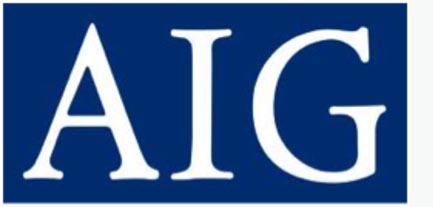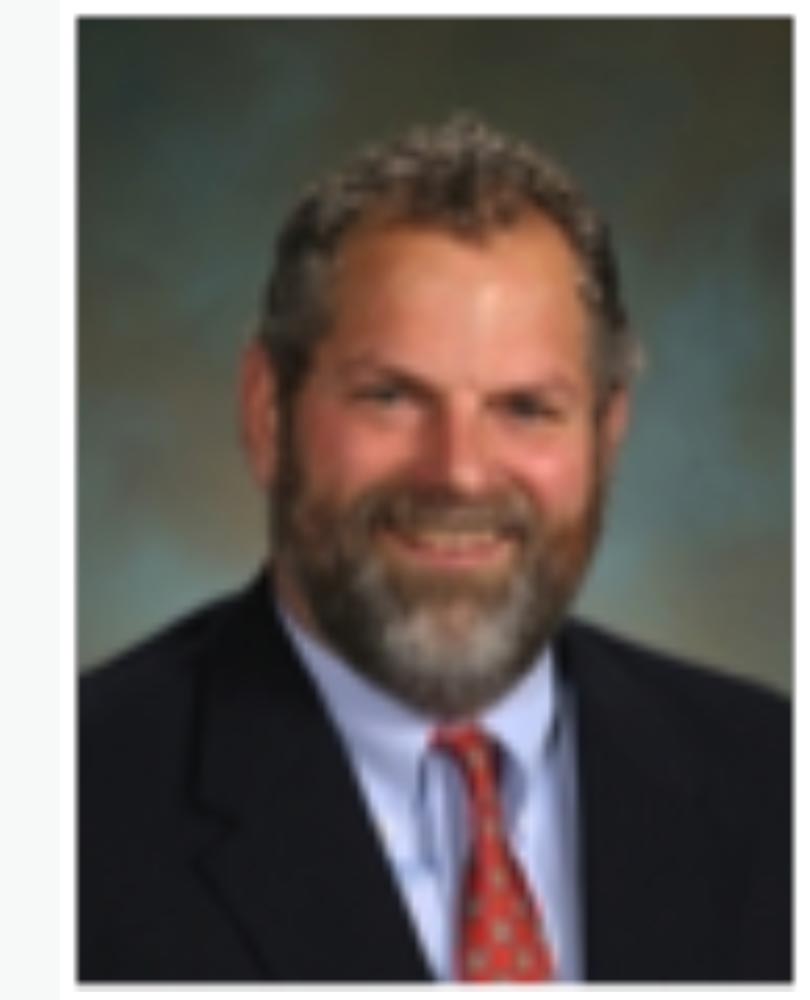Don’t Leave That Ballot on the Kitchen Table
Here at the blog, we’re all about public service. So as ballots begin to arrive in mailboxes, we’re happy to tell people how to vote.
There’s a lot of direct democracy happening this time, with a veritable cornucopia of initiatives on the ballot. The blog recommends:
NO ON INTIATIVE 1053:
Tim Eyman’s handlers have caught on that most people now recognize him as a profiteering huckster, which is why he has been nowhere to be found in this election cycle. So we’ve included a picture here of Tim just to make sure that you remember what he looks like.

Initiative 1053 would reinstate a requirement that tax increases, no matter how small, be approved by a two-thirds supermajority in the Legislature or by a public referendum vote. The reasoning here is that since our democratically elected representatives cannot be trusted we need to arrange it so that only seventeen of them can get together and make sure that nothing happens (for a much more highfalutin analysis complete with references to James Madison and the Federalist Papers, see Representative Reuven Carlyle’s blog on Initiative 1053.
With multi-billion dollar budget shortfalls looming, we can’t afford to tie the legislators’ hands this way.
NO ON INITIATIVE 1082

Hey kids, let’s fix it so the people who bankrupted the country can pad their profits by denying medical care to people who get hurt on the job. Yeah, that’s a good idea.
On top of the moral bankruptcy of this initiative, OFM identifies a range of potential costs – including lost premium payments from state employees, higher administrative and oversight costs for the state Office of the Insurance Commissioner and the Department of Labor & Industries, and legal costs associated with higher numbers of rejected injury claims. That adds up to $202 million over the next five years in lost state resources.
NO ON INITIATIVES 1100 AND 1105
Here at the blog, we like our drink as much as anyone, but we don’t mind buying it at the liquor store.
If one or both of these passes, the state loses living wage jobs, profit on the booze and tax money.
NO ON INITIATIVE 1107

This should lose just on David and Goliath principle. The good people who run Coke and Pepsi have poured a record $14 million into supporting this initiative, both to try to repeal the temporary sugar tax here and to send a message to any other state that might get any bright ideas. For a cogent analysis of the lies that have been told in this campaign and the damage it would do to this state, see this link to the Washington State Budget and Policy Center.
You may have noticed a theme in the initiatives for which we’re recommending No votes. If they pass, they’ll all benefit corporate profits and cost the state money.
On the Yes side, the blog recommends:
YES ON INITIATIVE 1098
This one has been fun just to watch the Microsoft billionaires taking sides.
The opponents to this initiative have repeatedly accused the yes crowd of being unwilling to call it what it is. So let’s call it what it is: an income tax. An income tax on rich people. And it’s high time. Washington has the most regressive tax system in the country, and 1098 will go a little way toward fixing that. And it will reduce regular people’s property taxes and B&O taxes on small businesses. And it will provide a couple billion dollars for education and health care.
YES ON REFERENDUM 52
Approving Referendum 52 authorizes $500 million in state bonding to fix schools and higher education buildings. The funds are borrowed by the state, and the state—not local school districts—is obligated to pay back the money to the general fund over time. The construction work is funded by extending the state’s bonding capacity by 1.5% and the annual debt service on the bonds will paid through an extension of the existing tax on bottled water, which was set to expire in 2013.
Referendum 52 does not increase taxes. Only projects where savings meet or exceed costs would be eligible to receive money, so the projects will pay for themselves. R-52 will actually save Washington taxpayers an estimated $130 million per year by

reducing energy costs, creating other efficiencies, and extending the life of existing school buildings. In fact, extending the life of just 20% of public school buildings in the state would save the taxpayers 68 million in debt service needed on the replacement buildings.
And you gotta love Hans Dunshee—probably the only living politician in a swing district with the balls to invoke Franklin Roosevelt and the New Deal with unabashed enthusiasm.